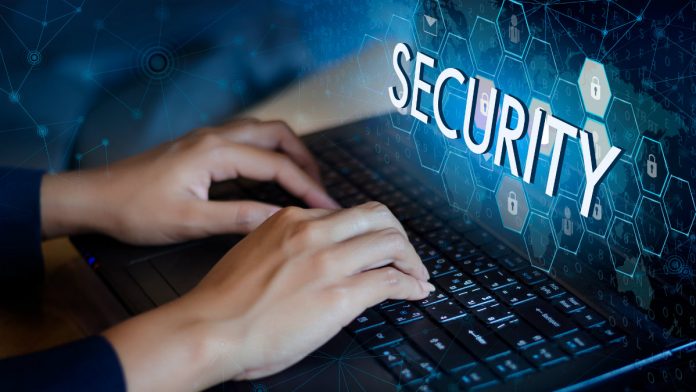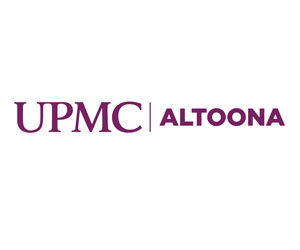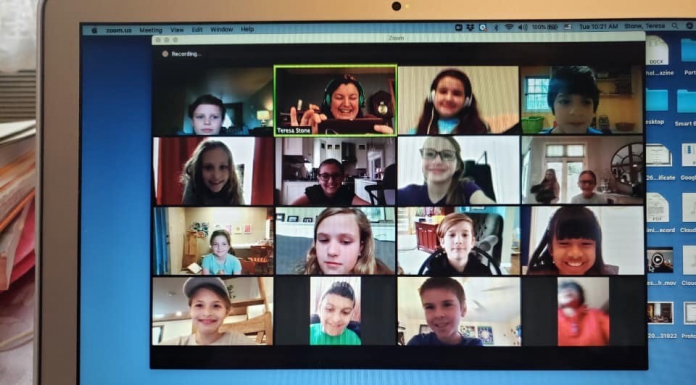Column By Justin Kirkland
It’s a great time to review our online behavior and identify ways we can use the internet in safer ways.
The last few months of the 2019/2020 school year, children of all ages were online more than ever; for education, entertainment, and to socialize with friends. June was acknowledged as “Internet Safety Month” and the Office of Child and Youth Protection wants to offer tips and resources for safer online surfing during these unprecedented times.
No one can stop the advancement of the digital age, and for good reason. Over the last 20 years our society has been completely transformed by the way we experience and interact with others through the internet, social media, and instant messaging.
These communication outlets have helped us to instantly find news, connect with those who we may not be physically close with, broaden and challenge our intellect and personal beliefs, and created new ways of consuming media, among many other applications which we use every day. Today’s children and even many older adults, are able to see how amazing this technology is, yet many are not aware of the many risks.
An increase of cyberbullying is among young adults and teens impacting on the mental health of themselves and others. Fifty-nine percent of teens in the U.S. in 2018 reported that they have been bullied or harassed online (Pew Research Center, Sept. 27, 2018). For those children experiencing mental health problems, over two-thirds say they experienced cyberbullying (Safety net: The impact of cyberbullying on children and young people’s mental health, February 2018). When schools across the nation transitioned to cyber learning during the pandemic, a major fear among educators was safety in their virtual classroom and cyberbullying (Google survey, January 2019). These figures should be deeply troubling to parents and guardians of children who have unlimited access to diversified communication platforms.
A risk for everyone using the internet is our use of social media and instant messaging and the content which we consume and broadcast. Users on these platforms continue to be more exposed to harmful information such as pornography, obscene language, and different types of abuse. According to statistics compiled by GuardChild, 70% of children ages 7 to 18 years old have inadvertently been exposed to online pornography. These types of content can at times even be reinforced and shared by friends and family, and not just strangers. By normalizing such behaviors, we lose the understanding that there are great risks to posting and sharing similar material. In doing so, the images and words shared can easily be traced and documented through the cloud by both internet hackers and law enforcement.
A precaution to be aware of for our children and vulnerable persons is the growing scams and downloading malware and viruses. Unbeknownst to many, one click can be the difference between giving sensitive personal information and keeping your private information secure. Though firewalls and anti-virus protection are important, we still must be careful on what information we give and share. Whether it be pop ups on what is thought to be a trusted site or the promise of prizes on children’s websites for credit card information, there are many ways in which we can freely give out our information to internet criminals.
As parents, guardians and caregivers, what do we do? How do we teach ourselves, our children, parents, and our neighbors about these risks? We can protect ourselves by starting the conversation and educating ourselves on the potential risks. In creating this communication, our children become more comfortable talking about what is going in their life and can learn how to stand up to bullies, what they are viewing online, and what appropriate boundaries might look like online.
As a reminder, just because something is deleted doesn’t mean that it can’t be accessed in the cloud. Inappropriate material can still be accessed long after it has been deleted, even if it is on an app which claims otherwise, which can dramatically alter life down the road. Knowing that this information can be accessed by anyone, we can then talk about easily someone can gain access to more private information and steal credit card and social security information.
It is imperative for parents to monitor both what they are consuming and what their children are being exposed to or consuming. Using parental controls on devices, monitoring usage and site visits, and watching what they share, can be a great way to protect our children and those susceptible to these types of advances. For additional resources, visit please visit NetSmartz: https://www.missingkids.org/internetsafetymonth#featured or by vising the youth protection website at https://youthprotection.dioceseaj.org/parent-resources/.
The internet can of course pose dangers to ourselves and our children, but it can also open up information previous generations could never have dreamed of. Our goal is that all of us are able to utilize these platforms and experience the joys which can be had on the internet, but we must research, teach, be aware, and be vigilant to what we are consuming.
Justin Kirkland is an employee of the Diocese of Altoona-Johnstown Office of Children and Youth Protection.




























